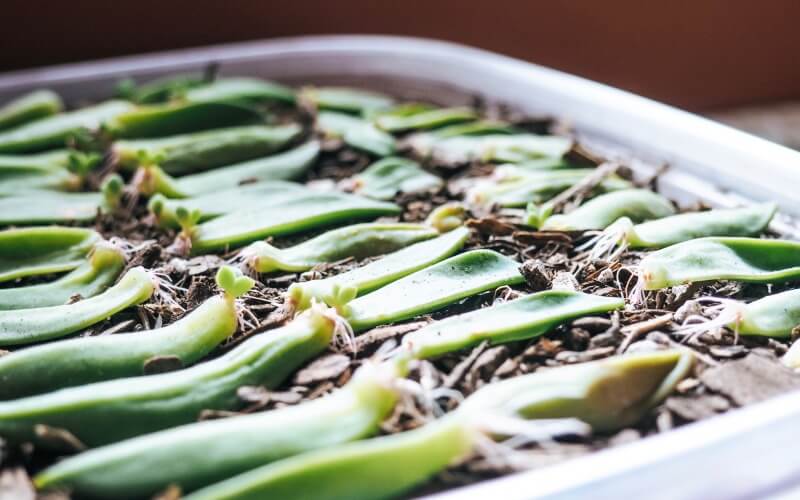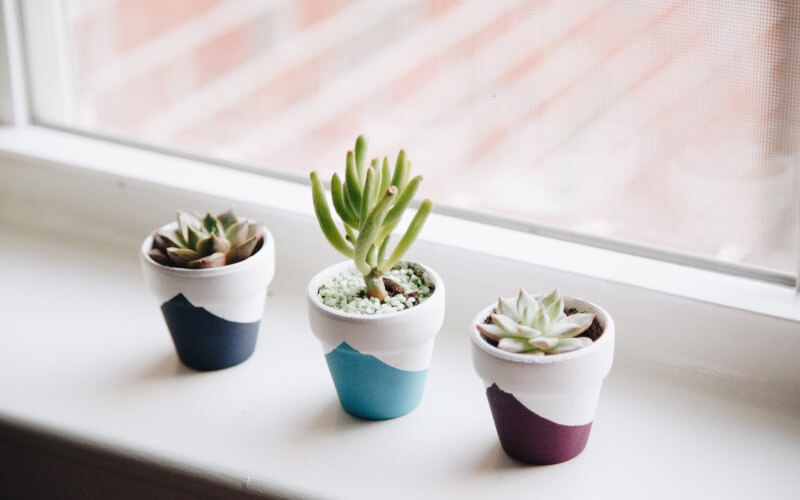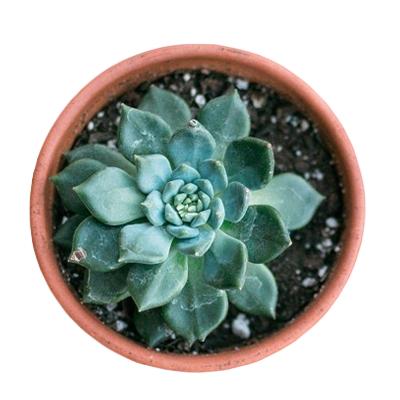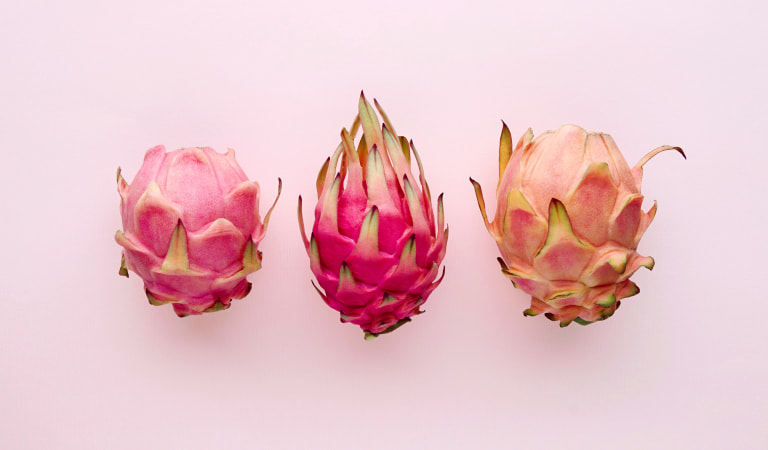Featured by “Echeveria ‘Black Prince'” by Viperalus is licensed under CC BY-NC-SA 2.0
Succulent Etiolation Explained: Why Your Have you ever noticed your succulents growing unusually tall, thin, and stretched out? Maybe their leaves are pale or yellowish, with larger gaps in between. If so, your succulent is experiencing etiolation, a fancy term for stretching due to insufficient light. But don’t worry! With a few simple steps, you can get your succulent back to its beautiful, compact shape.
What is Succulent Etiolation?
Succulent etiolation occurs when plants stretch out searching for more light. Instead of producing new healthy leaves, your succulent invests energy into growing taller, resulting in leggy growth. This often happens indoors, especially if your succulent isn’t getting enough direct sunlight or bright, indirect light.
Signs of a Stretched-Out Succulent
Recognizing an etiolated succulent early can help save your plant. Here’s what to look for:
- Tall, elongated stems
- Wide spaces between leaves
- Smaller-than-usual leaves
- Pale or yellowing leaves (chlorosis)
- Leaning or bending toward a light source
In contrast, healthy succulents typically have vibrant color, compact growth, and sturdy stems.
Etiolation vs. Healthy Growth
A healthy plant has:
- Compact rosette form with tightly condensed leaves
- Strong root structure
- Vibrant green or purple color, depending on the variety
- No signs of stress or stretching
Etiolated plant characteristics include:
- Gangly, long stems
- Pale color or greenish-white appearance
- Stems bending towards the light
How to Fix Stretched Succulents
Fortunately, fixing stretched succulents is easy. Follow these basic steps to restore their attractive growth pattern:
1. Move Your Succulent to Better Lighting
Succulents thrive with at least six hours of bright, indirect, or direct sunlight each day. Place your plant near a south or west-facing window where it can soak up sufficient sunlight. Remember, direct sun exposure for extended periods (especially in the heat of summer) can cause sunburn, so acclimate your plant gradually over a few days.
2. Supplement with Grow Lights

If your home lacks adequate sunlight, grow lights can be a lifesaver. LED grow lights mimic sunlight, providing full-spectrum illumination ideal for succulents. Position your grow lights 6–12 inches above your plant, running them for about 12–14 hours daily for best results.
3. Rotate Your Succulents Regularly
Succulents naturally lean toward the nearest light source, causing uneven growth. Rotate your plant 180 degrees every few days to ensure even exposure to light, promoting balanced growth and preventing further stretching.
Propagate to Replace Leggy Succulents

Sometimes, the best solution for severely stretched succulents is propagation. Creating new succulents from cuttings helps replace plants that have become too leggy to recover.
Here’s how:
- Use clean, sharp scissors or pruning shears to cut a healthy piece of stem from your plant.
- Remove the lower leaves from the cutting, leaving just a few at the top.
- Let the cutting dry for a few days until the cut surface calluses over, this prevents root rot.
- Plant the cutting in cactus potting soil, ensuring good drainage.
- Water sparingly, allowing the soil to dry completely between waterings.
- Keep the new plants in bright, indirect light, gradually increasing exposure to brighter conditions.
How to Prevent Succulent Etiolation
Prevention is always better than treatment. Keep your succulents healthy and compact by:
- Providing at least 6 hours of sunlight daily
- Using grow lights if natural light is insufficient
- Rotating plants regularly
- Avoiding overwatering, which can cause root rot and further weaken your succulents
Succulents store water in their fleshy leaves, making them drought-tolerant. Water only when the soil feels dry, and ensure your succulent’s potting mix drains quickly.
The Importance of Adequate Light for Succulent Health
Adequate sunlight is critical for succulents, promoting beautiful colors, compact rosette forms, and overall plant vitality. Insufficient light can lead to stretched, weak plants that struggle to thrive.
If you don’t have access to natural sunlight, artificial grow lights provide an excellent alternative, ensuring your succulents get the light they need, even during winter months.
Keep Your Succulents Healthy and Beautiful!

Etiolation is common but easily preventable. By monitoring your succulent’s condition, providing sufficient light, and rotating regularly, you can keep your succulent collection looking vibrant and healthy year-round. Stretched succulents might not look as cute, but they’re not a lost cause. With a little extra light and some simple care, you can fix a leggy succulent and even grow new ones from the clippings.
When I started with succulents, I had no idea mine were stretching from low light. I thought I was doing everything right, until my echeveria looked like it was trying to climb out of the pot! Now I know better, and I hope this post helps you feel more confident too. Give these tips a try, and you’ll soon notice a dramatic improvement in your succulents.
Similar Topics in: Succulent Care


Leave a Reply